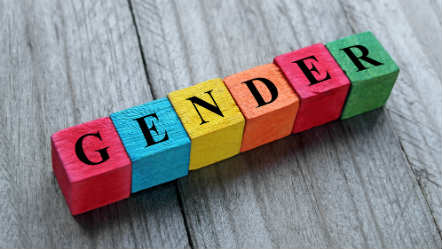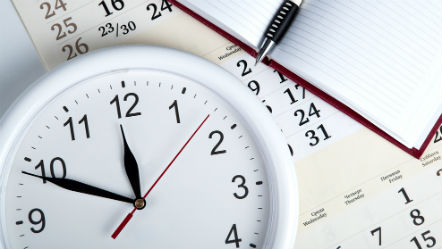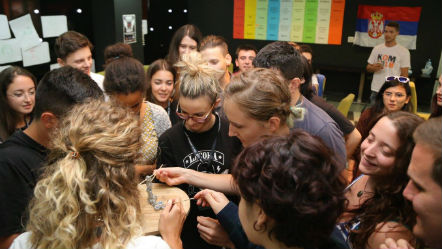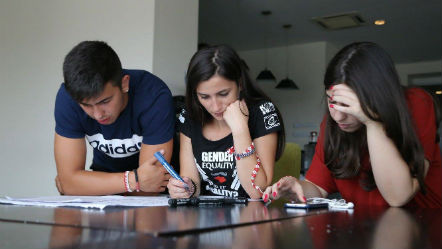Gender equality in youth projects

Gender identity refers to a person’s deeply felt individual experience of gender, which may or may not correspond with the sex assigned at birth, and includes the personal sense of the body and other expressions of gender (that is, “gender expression”) such as dress, speech and mannerisms. The sex of a person is usually assigned at birth and becomes a social and legal fact from there on. However, some people experience problems identifying with the sex assigned at birth – these persons are referred to as “transgender” persons. Gender identity is not the same as sexual orientation, and transgender persons may identify as heterosexual, bisexual or homosexual. (Sexual Orientation and Gender Identity Unit - Glossary)
The Council of Europe has been working on gender, gender equality, anti-discrimination, and gender identity from various angles since a long time. At the moment, the Council of Europe has a Gender Equality Strategy 2018-2023, including themes such as combating gender stereotypes and sexism, preventing and combating violence against women and achieving balanced participation of women and men in political and public decision-making. Among the Council of Europe's human rights standards, the Istanbul Convention provides a legal framework to prevent and protect victims of domestic abuse.
The Council of Europe has worked also on combating discrimination on grounds of sexual orientation or gender identity. The Council of Europe Sexual Orientation and Gender Identity unit promotes and seeks to ensure that the human rights of every individual are respected, including equal rights for LGBT+ persons.
The Council of Europe’s youth sector has been integrating a gender dimension in its policy, educational approaches and practices for many years. Within the youth sector, the EYF supports youth projects that take into consideration gender matters as a transversal issue.
In the projects it supports, the EYF asks NGOs to put their “gender glasses” on, and think critically of how they approach gender inequality and gender-based discrimination and how they can mainstream gender. In general terms, these “gender glasses” should be used in the planning, implementation and evaluation of an activity. The EYF has developed some guidance on this matter, as well as some questions/ideas to keep in mind when aiming to include a “gender perspective” in a youth project.
The EYF produced a non-exhaustive toolbox including guidance for youth NGOs on how to integrate a gender perspective when organising youth activities. It proposes seven key methods that NGOs could easily adopt in the processes and different steps when organising a youth activity: preparation, implementation, follow-up. Download the pdf here.
 Planning
Planning

- Do you plan a session or just some time to introduce and discuss gender with participants?
- Does the topic/theme you address in your project affect everyone, regardless of gender, in the same way or not? Think about it from different angles to find out!
- Do participants have different needs and how will you address them?
- Will you develop activities and objectives in line with the needs of all genders?
- Do the activities allow for equal active involvement of everyone, regardless of gender?
- How are you representing gender roles in your activities? (For example what images are you showing?) Any stereotypes? Could gender roles be represented differently?
- How does your planned budget reflect the needs of people of different genders?
- Explain in your project application to the EYF all your efforts regarding gender perspective in your project! Every step in the right direction, however small, can make a big change!
 Implementation
Implementation

- Is the project team gender balanced? What about the group of participants?
- Do you have any experts/speakers contributing to your activity? Try to ensure diversity in their selection!
- Are you working in partnership with another NGO? Choose partners that have the same values regarding gender equality, gender identity and sexual orientation issues.
- Are you adapting the programme/activities (as planned in the planning phase) to respond to the needs of all participants and towards a significant participation of all individuals?
- If you hand out material to participants, or ask them to prepare in advance, you can reference the European Youth Foundation Gender page (as an EYF supported organisation, you are encouraged to provide visibility for the Foundation and you have an obligation to mention the EYF support on any material produced with EYF funds).
 Evaluation
Evaluation

- Explain in your project report to the EYF all your efforts regarding gender issues! Don’t forget: every step in the right direction can make a big change!
- Explain how you tried to ensure a gender perspective: activities done, language used, selection of experts, taking into account the needs, experience and expectations of participants, etc.
- Were there any gender issues raised during the activity? Did the participants evaluate the project also from a “gender perspective”?
Council of Europe's relevant work
- Gender Equality Division
- Sexual Orientation and Gender Identity (SOGI) Unit
- Manual: Supporting Gender Equality Rapporteurs (GERs) in their role
- Gender equality Glossary
- Glossary of the Sexual Orientation and Gender Identity Unit
- Council of Europe Gender Equality Strategy 2018-2023
- Compendium of good practices on local & regional level policies to combat discrimination on the grounds of sexual orientation & gender identity
- Gender Equality factsheets
- Gender Equality Commission
- Compass (gender equality section)
- EYF Report on the Gender Equality Matters! Seminar held by the Youth Department
- Guidelines on integrating gender equality in intercultural youth activities of the Council of Europe and its partners
- Toolkits for gender mainstreaming in Council of Europe projects
NGO resources


